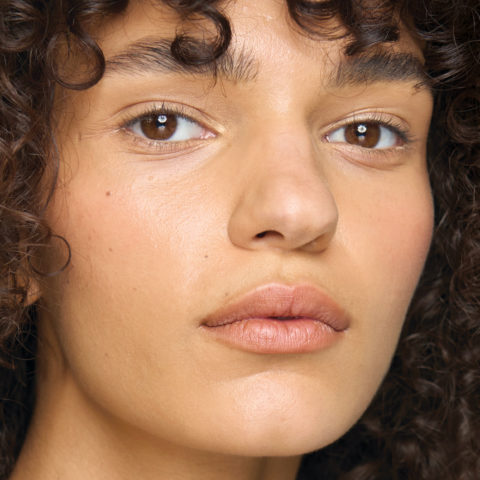Is this 3D makeup printer the future of cosmetics? Probably not


Okay beauty junkies, something exciting is making headlines this morning: a Harvard Business School student has created a 3D printer that can produce any makeup product in any colour you desire. It’s a tantalizing concept—which is likely why Mink founder Grace Choi is so set on “disrupting” the beauty industry with her 3D makeup printer. “Big makeup companies take the pigment and the [gel, powder] substrates and mix them together and then jack the price,” she explained in her presentation at this week’s TechCrunch Disrupt NY conference.
The Mink makeup 3D printer was created on the premise that the demand and desire for new makeup colours is what drives prices up in the cosmetics industry. Choi demonstrated how users will be able to swatch any shade they see online—from a beauty tutorial, Pinterest board, etc—and then print it on-demand into a tiny Mink-branded palette. Sounds like a beauty junky’s dream, right? Actually, we’re not so convinced.
First of all, raise your hand if the colour of a product trumps everything else about it. If you’ve ever applied an eyeshadow and been appalled by its chalky texture or felt duped after buying a lipstick that instantly dries out your lips, you know that formula is just as important as pigment. Despite Choi’s claims that they’re all the same, it doesn’t take a beauty expert to know that applying a Chanel shadow is a totally different experience from applying one bought at the dollar store. (Or just see how good your makeup looks after a few hours!)
Questions from the TechCrunch panel about the actual functionality of printing a tube of lipstick versus a powder shadow were dismissed—with some hostility—by Choi, who repeated her claim that colours are the most important and the formulas are all industry “bullshit.” But, even if Mink gets the base formula down pat, will the pigment payoff from printer ink deliver true-to-life vibrant shades? Her demo leaves much to be desired: It starts with swatching a punchy fuchsia shade and ends with Choi applying a barely visible wash of pale-pink on her hand.
And when it comes to affordability, there’s seemingly no benefit to printing a product with Mink. Choi has estimated the printer will have a $300 price tag—a significant cost for her 13 to 21-year-old target market—with the price per unit printed being “around the same as mass retailers.”
Don’t get us wrong, we’re all for making makeup products more accessible to the masses. But there’s a reason that both high-performance makeup and green beauty products are so profitable. People want more out of their cosmetics than just fun colours. The ingredients that we put on our skin—ingredients that are ultimately ingested into our bodies—are of top concern, and frankly, something that comes out of a cute printer just isn’t going to cut it.







